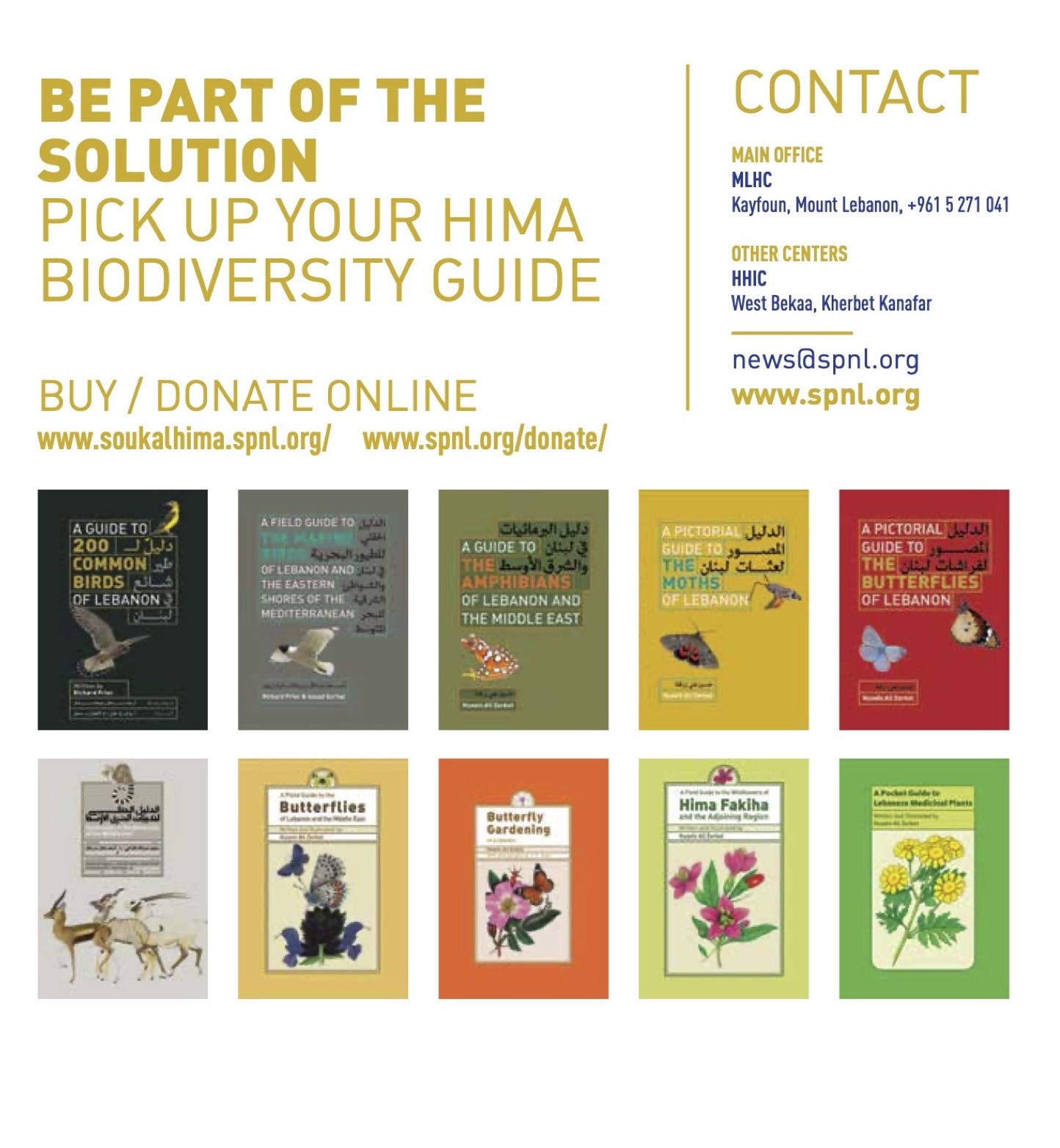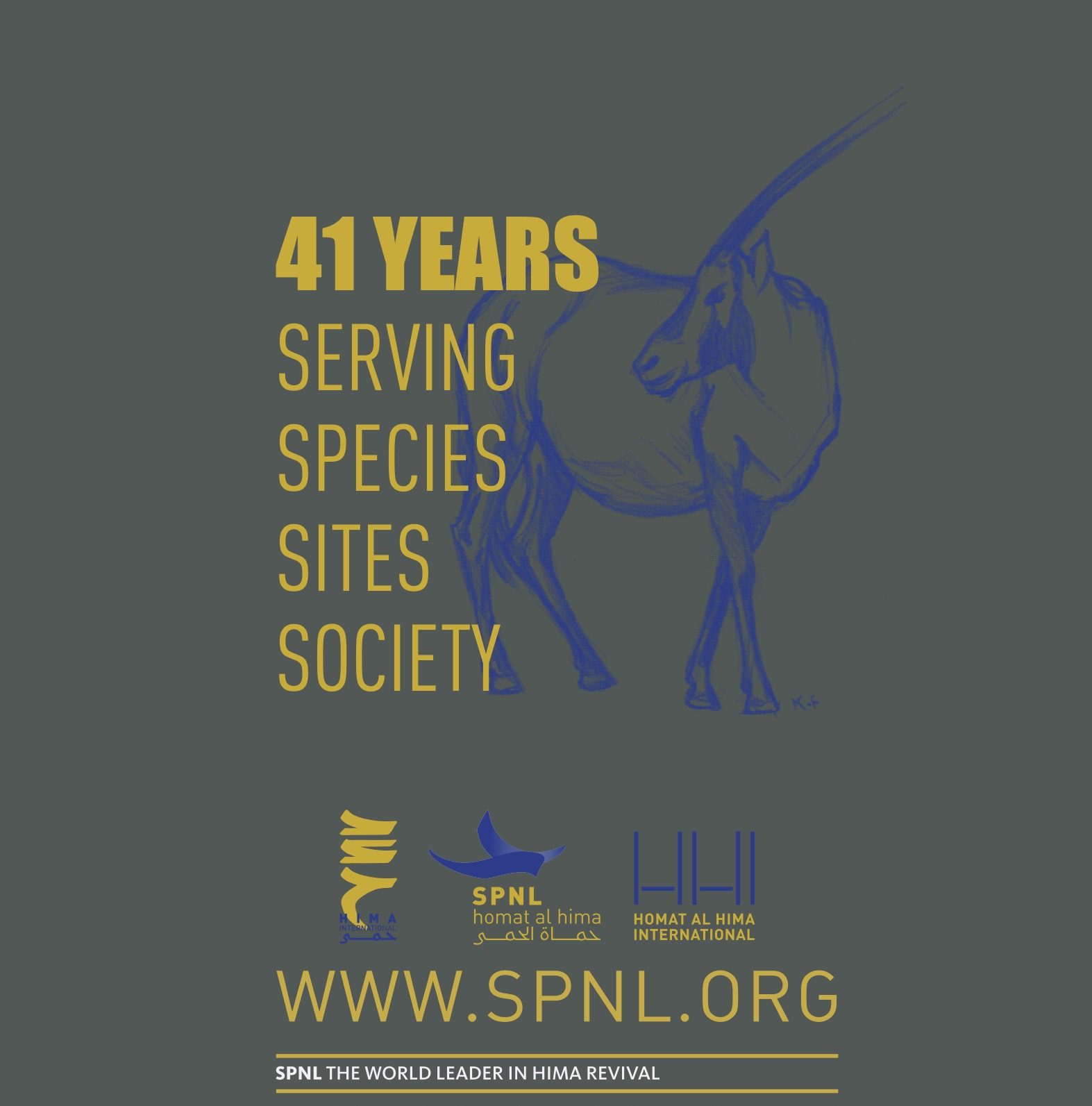On Friday, 2 December 2016, the High-Level Segment (HLS) of the thirteenth meeting of the Conference of the Parties to the Convention on Biological Diversity (CBD COP 13) opened in Cancún, Mexico, preceding the concurrent meetings of CBD COP 13, the eighth meeting of the Conference of the Parties serving as the meeting of the Parties to the Cartagena Protocol on Biosafety (COP-MOP 8) and the second meeting of the Conference of the Parties serving as the meeting of the Parties to the Nagoya Protocol on Access to Genetic Resources and the Fair and Equitable Sharing of Benefits Arising from their Utilization (COP-MOP 2). The meetings comprise the UN Biodiversity Conference.

The city of Cancún warmly welcomed the high-level delegates to the beginning of the “UN Biodiversity Conference.” For the first time, the HLS is taking place before the negotiations, and many welcomed this arrangement and hoped that it would “set the pace and provide substantive guidance” for the heavy two weeks to come. From the outset, the intention of the HLS was clear: to stress the importance of mainstreaming biodiversity and assess the political will of decision makers to pragmatically address the challenging issues to be discussed over the course of the conference.
To this end, a draft of the Cancún Declaration was circulated and discussed informally, with some seasoned observers hoping that it will cement the commitment to mainstreaming biodiversity, and go a long way to bridge the gap between biodiversity conservation and economic growth. “The Declaration is as important as we make it,” said one seasoned delegate, noting that even though it is not legally binding, it can still “concretize intentions to safeguard biodiversity.”
Over the next 15 days, governments will be discussing international policies to tackle a variety of issues. These include: the creation and management of protected areas, the protection of oceans, the restoration of degraded habitats and, of course, the funding needed to promote these activities.
BirdLife International will be there of course, to advocate for stronger commitments by countries on sustainable production, sharing various successful cases where policies and practices on cattle breeding, energy production, fisheries or agriculture have been improved as a result of our work with the private sector and governments.
The Grasslands Alliance is one such example. Farmers in South America are producing, and already exporting to the European, “grasslands and birds friendly” beef. One of the many good examples of such good practices. Tax incentives have also played an important role in the project.






